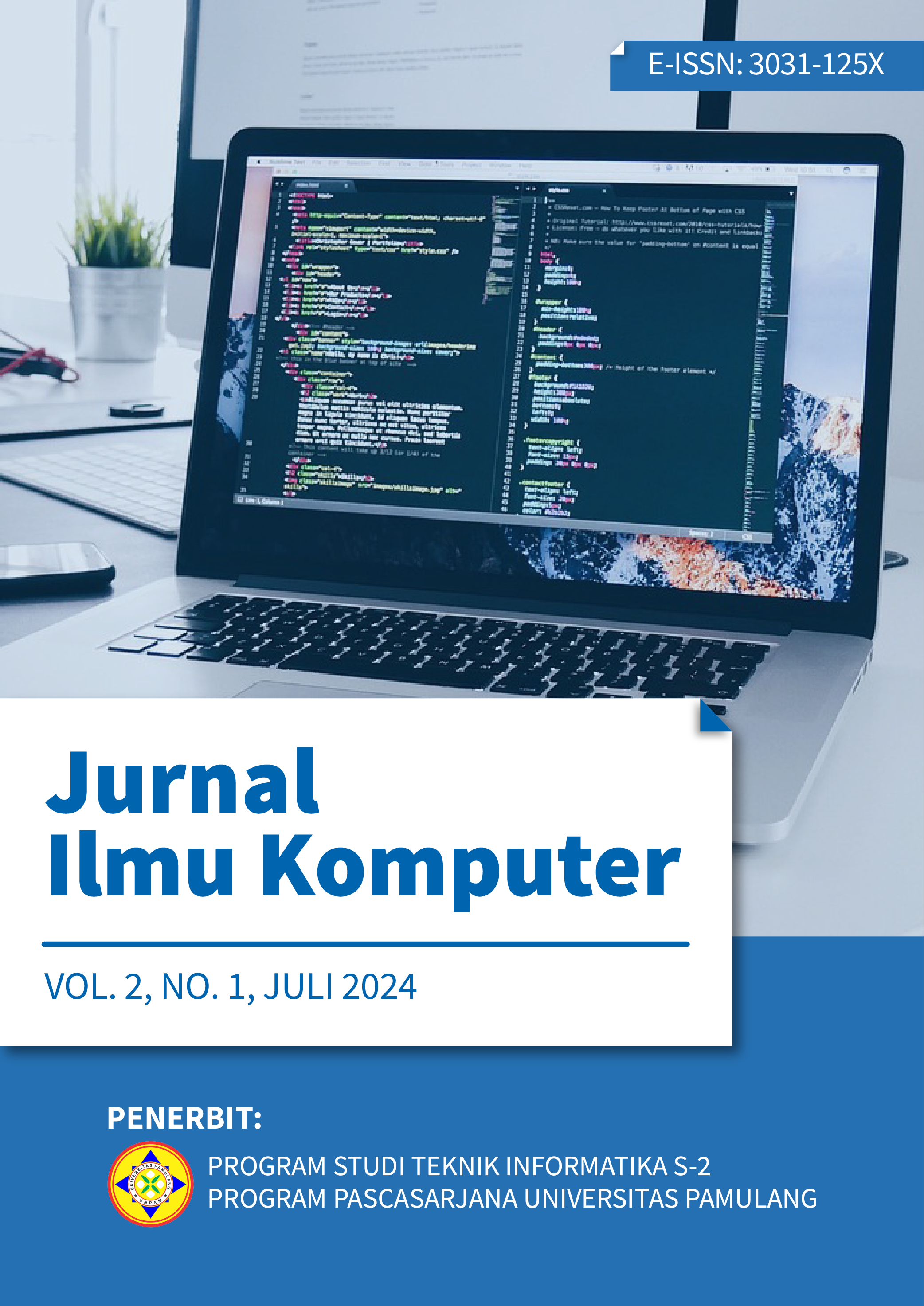Analisis Prediksi Hasil Pemilu Legislatif DPR RI DKI Jakarta Tahun 2024 Menggunakan Metode Random Forest dan Gradient Boosting
Keywords:
Election, Legislative, Prediction, Orange, Data MiningAbstract
In general elections, it is closely related to predictions, predictions play an important role in obtaining results in future legislative elections. Predicting general election results can be done through a series of processes to find patterns and knowledge from a set of data using data mining techniques. To get accurate prediction results in the future, a method is needed that can be used as predictive modeling. This research aims to find out the results of model testing and predictions for the 2024 DPR RI DKI Jakarta legislative election using random forest and gradient boosting methods and to find out patterns and knowledge from the prediction results themselves. Based on the model testing results, the gradient boosting method has an accuracy value of 95.8%, precision 72.2% and recall 61.9%. Meanwhile, random forest has an accuracy value of 95.4%, precision 63.6% and recall 33.3%. The pattern and knowledge from the prediction results is that the elected legislative candidates on average are in serial numbers 1 and 2, have valid votes starting from 63,529, are male and have a doctoral degree.
References
[1] G. B. Sulistyo, “Penerapan Decision Tree C.45 Berbasis Particle Swarm Optimization untuk Prediksi Hasil Pemilu Legeslatif,” J. Speed-Sentra Penelit. Eng. dan Edukasi, vol. 12, no. 1, pp. 21–26, 2020, [Online]. Available: www.rapidminer.com.
[2] Achmad Saiful Rizal and Moch. Lutfi, “Prediksi Hasil Pemilu Legislatif Menggunakan Algoritma K-Nearest Neighbor Berbasis Backward Elimination,” J. Resist. (Rekayasa Sist. Komputer), vol. 3, no. 1, pp. 27–41, 2020, doi: 10.31598/jurnalresistor.v3i1.517.
[3] H. Priyono, R. Sari, and T. Mardiana, “Klasifikasi Pemilihan Jurusan Sekolah Menengah Kejuruan Menggunakan Gradient Boosting Classifier,” J. Inform., vol. 9, no. 2, pp. 131–139, 2022, doi: 10.31294/inf.v9i2.12654.
[4] I Made Pasek Windu Merta, “Mengenal Metode Random Forest dalam Machine Learning,” Website, 2022.
[5] A. R. Febryananda, “Mengenal Teknik Gradient Boosting dalam Algoritma Machine Learning,” 2022, [Online]. Available: https://lab_adrk.ub.ac.id/id/mengenal-teknik-gradient-boosting-dalam-algoritma-machine-learning/
[6] D. Safitri, S. S. Hilabi, and F. Nurapriani, “Analisis Penggunaan Algoritma Klasifikasi Dalam Prediksi Kelulusan Menggunakan Orange Data Mining,” Rabit J. Teknol. dan Sist. Inf. Univrab, vol. 8, no. 1, pp. 75–81, 2023, doi: 10.36341/rabit.v8i1.3009.
[7] S. Adi and A. Wintarti, “Komparasi Metode Support Vector Machine (SVM), K-Nearest Neighbors (KNN), Dan Random Forest (RF) Untuk Prediksi Penyakit Gagal Jantung,” vol. 10, no. 02, pp. 258–268, 2022.
[8] G. D. M. Zulma, Angelika, and N. Chamidah, “Perbandingan Metode Klasifikasi Naive Bayes, Decision Tree Dan K-Nearest Neighbor Pada Data Log Firewall,” Semin. Nas. Mhs. Ilmu Komput. dan Apl. Jakarta-Indonesia, no. April, pp. 679–688, 2021.
[9] Mustika et al., Data Mining dan Aplikasinya. Bandung: penerbitwidina, 2021.
[10] D. W. Hoffman, “Box Plot Shows distribution of attribute values.”, [Online].
Downloads
Published
Issue
Section
License
Copyright (c) 2024 Rangga Febrian Effendy, Agung Budi Susanto, Sajarwo Anggai

This work is licensed under a Creative Commons Attribution-ShareAlike 4.0 International License.



